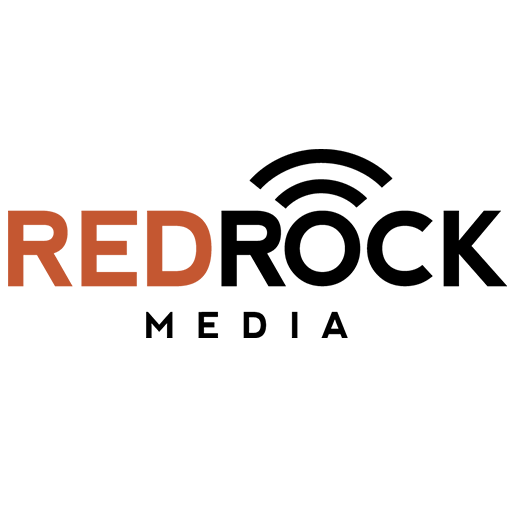https://vimeo.com/630000418 GROW your business and INCREASE your awareness with Redrock Broadcasting! Advertise on…

How Radio and Digital Advertising Work Together to Boost Your Marketing

Radio and digital advertising are two powerful channels that can help you reach your target audience and grow your business. But did you know that combining them can boost your marketing performance even more? In this article, we will explore the benefits of integrating radio and digital advertising and how you can do it effectively.
The Benefits of Radio and Digital Advertising
Radio advertising has many advantages that make it a valuable channel for business owners. Some of these are:
- Massive reach: Radio reaches over 82% of the US population every week, making it one of the most widely consumed media platforms. You can use radio to reach a large and diverse audience or target specific segments based on demographics, location, or interests.
- Cost-effectiveness: Radio has lower CPMs (cost per thousand impressions) than most digital advertising channels, meaning you can get more exposure for your budget. Radio also has a high ROI (return on investment), averaging 12:1 according to a study by Nielsen.
- Emotional connection: Radio creates a strong bond with listeners, who trust radio more than other media and view it as a source of information and entertainment. Radio also allows you to use sound, voice, and music to convey your message and evoke emotions in your audience.
- Complementarity: Radio complements digital advertising by driving traffic to your website, social media, or online store. Radio listeners are more likely to search for a brand online after hearing an ad on the radio, according to a study by Radio Advertising Bureau. Radio also helps increase brand awareness and recall, which can improve your digital advertising performance.
Digital advertising also offers many benefits for business owners, such as:
- Precise targeting: Digital advertising allows you to use data and analytics to identify and reach your ideal customers based on their online behavior, preferences, and needs. You can also use various ad formats and platforms to tailor your message and offer to different stages of the customer journey.
- Measurability: Digital advertising provides you with real-time feedback and metrics on how your campaigns are performing, such as impressions, clicks, conversions, and revenue. You can use this information to optimize your strategy and improve your ROI.
- Creativity: Digital advertising gives you the opportunity to use different types of media, such as images, videos, animations, and interactive elements, to capture your audience’s attention and engage them with your brand. You can also use dynamic ad insertion to deliver personalized and relevant ads based on the context and location of your audience.
How to Combine Radio and Digital Advertising Effectively
To get the most out of radio and digital advertising, you need to integrate them strategically and creatively. Here are some tips on how to do that:
- Align your goals and messages: Before launching your campaigns, you need to define your objectives and your target audience. Then, you need to craft a consistent and compelling message that resonates with your audience and conveys your value proposition. Your message should be clear, concise, and memorable, and it should include a call to action that directs your audience to your digital channels.
- Choose the right platforms and formats: Depending on your goals and audience, you need to select the best radio stations and digital platforms to reach them. You also need to choose the appropriate ad formats and lengths for each channel, and make sure they are compatible and complementary. For example, you can use pre-roll ads or sponsored playlists on digital radio platforms, or use banner ads or video ads on websites or social media.
- Coordinate your timing and frequency: To maximize your impact, you need to coordinate the timing and frequency of your radio and digital ads. You want to make sure that your ads are delivered at the optimal times and days when your audience is most likely to listen or see them. You also want to balance the frequency of your ads to avoid overexposure or underexposure, and to reinforce your message and brand recall.
- Track and measure your results: To evaluate the effectiveness of your integrated campaigns, you need to track and measure your results across both channels. You can use tools such as Google Analytics, Facebook Pixel, or radio attribution software to monitor your key performance indicators, such as reach, impressions, clicks, conversions, and revenue. You can also use surveys or feedback forms to collect qualitative data from your audience, such as their awareness, perception, and satisfaction with your brand.
Conclusion
Radio and digital advertising are both powerful channels that can help you grow your business. But when you combine them, you can achieve even greater results. By integrating radio and digital advertising, you can leverage the strengths of both channels and create a synergistic effect that boosts your marketing performance and ROI. To do that, you need to align your goals and messages, choose the right platforms and formats, coordinate your timing and frequency, and track and measure your results. If you need help with creating and executing your integrated radio and digital advertising strategy, contact us today. We are experts in radio and digital advertising, and we can help you reach your target audience and grow your business.



